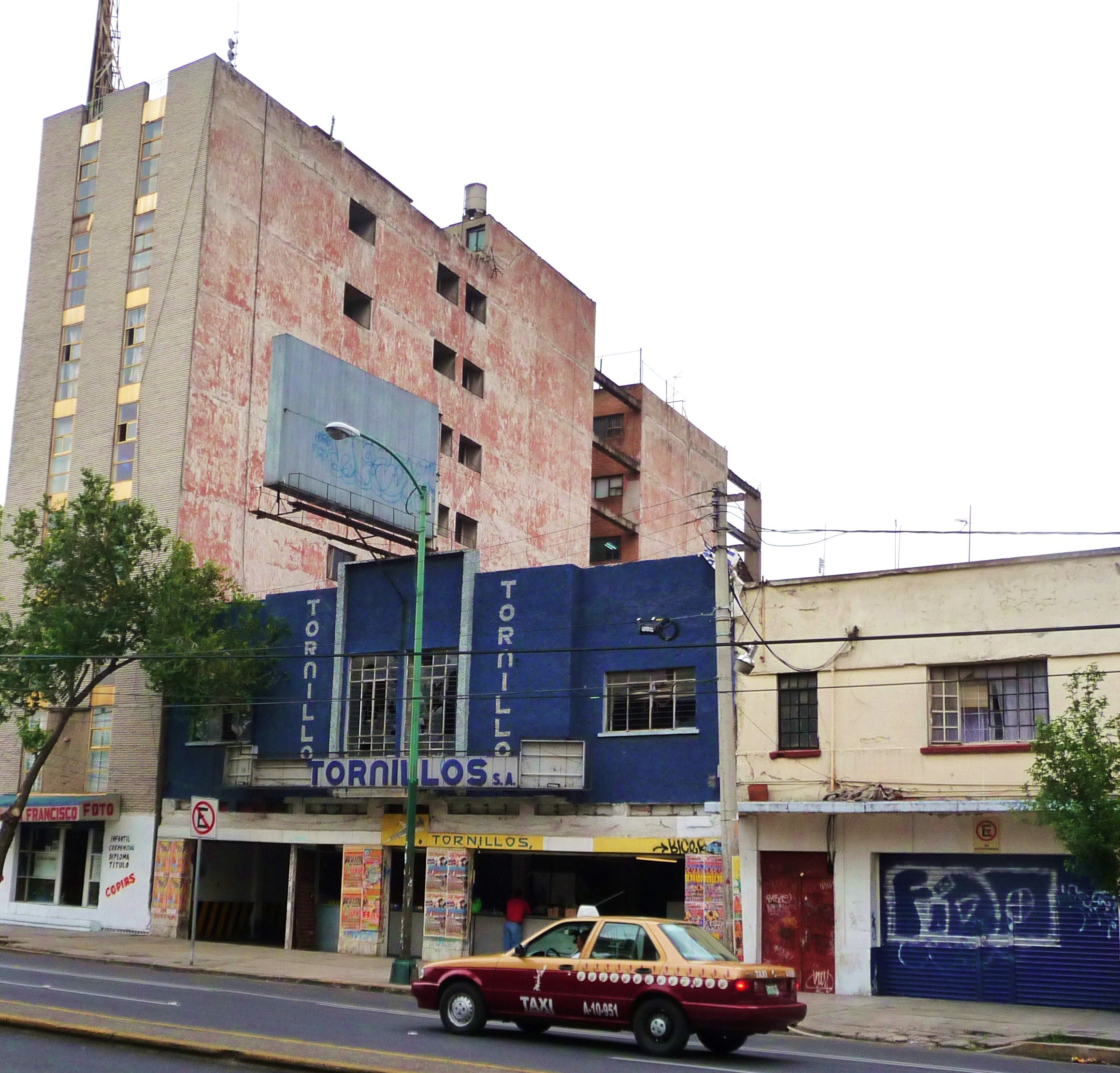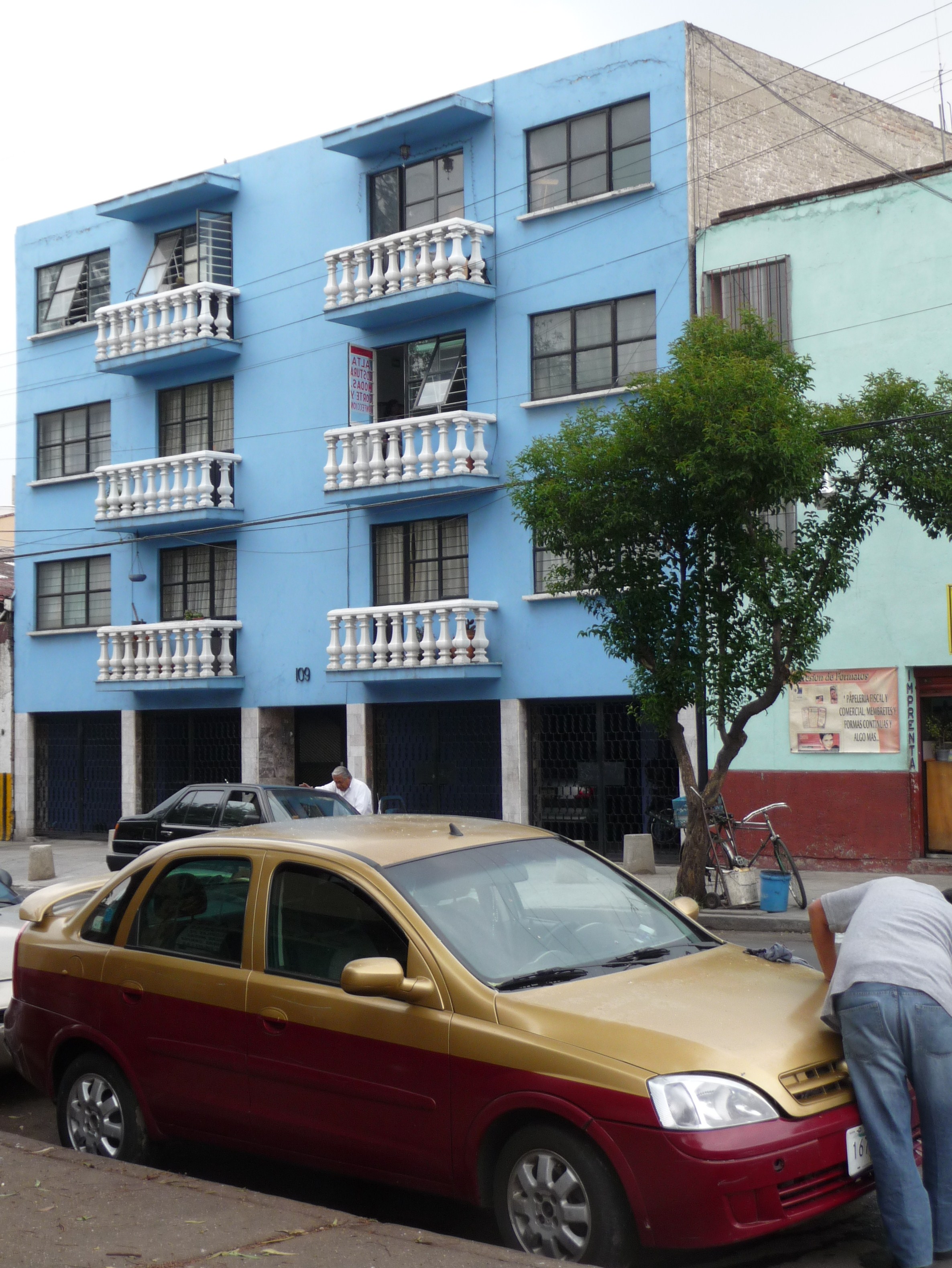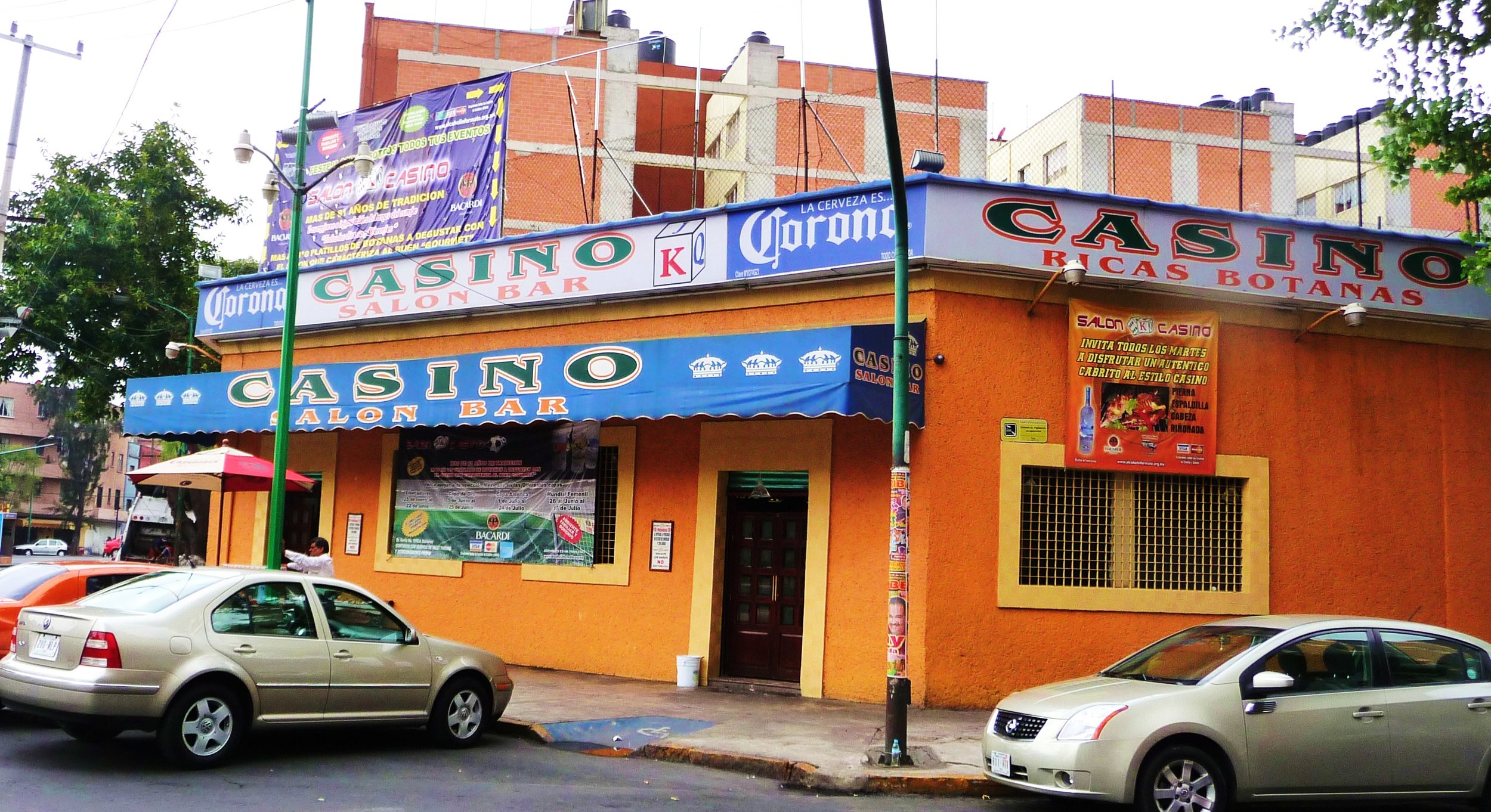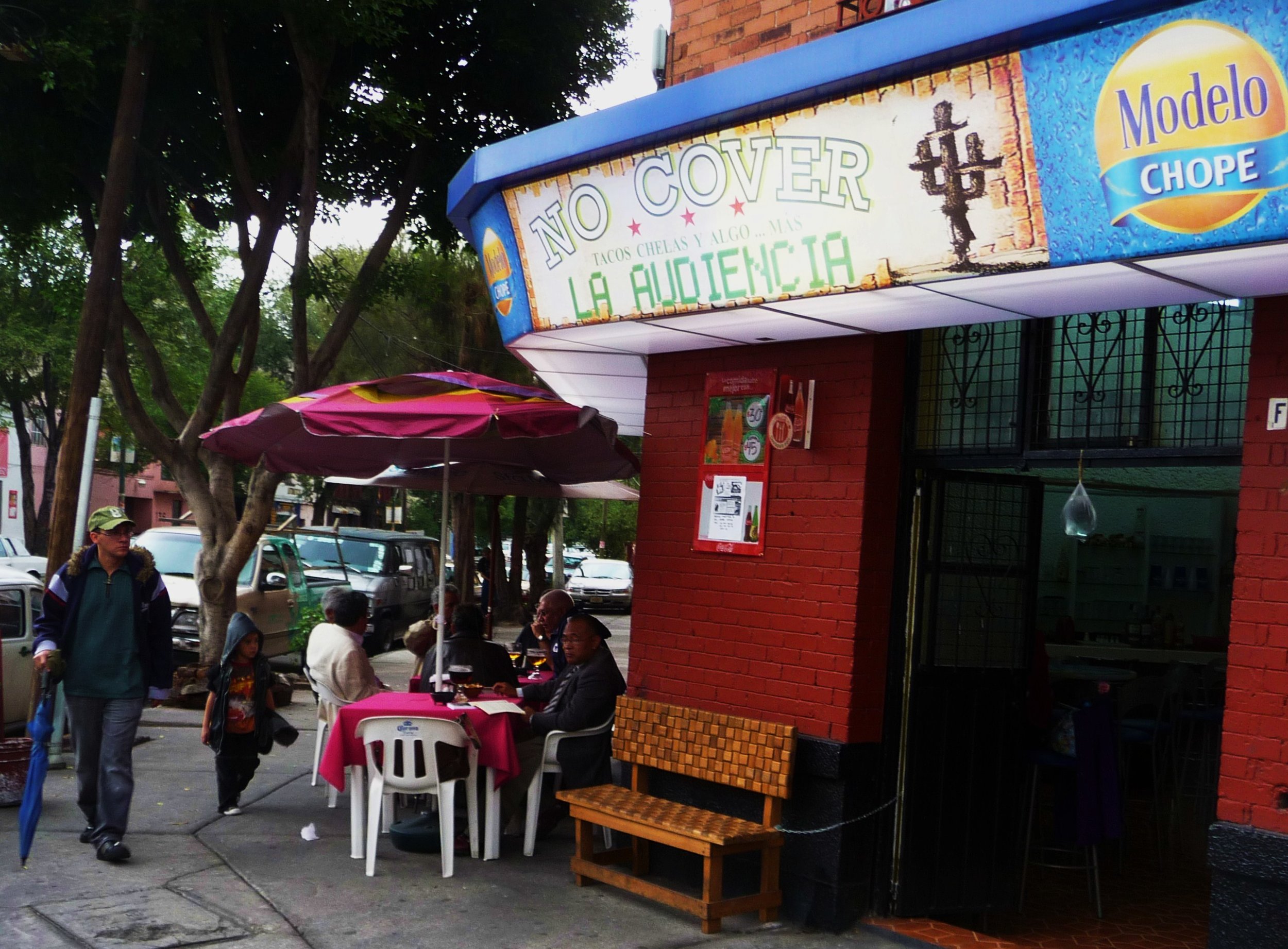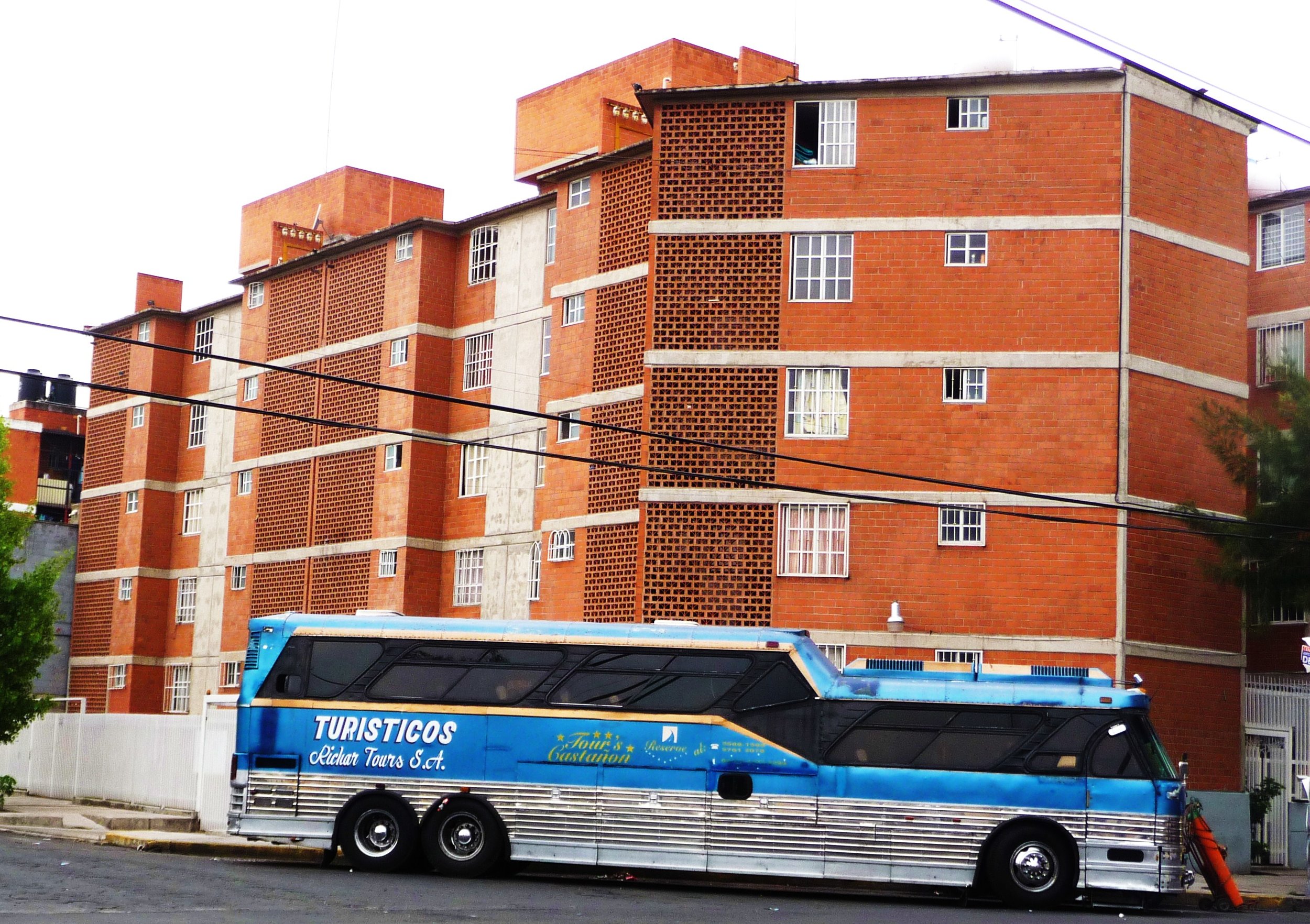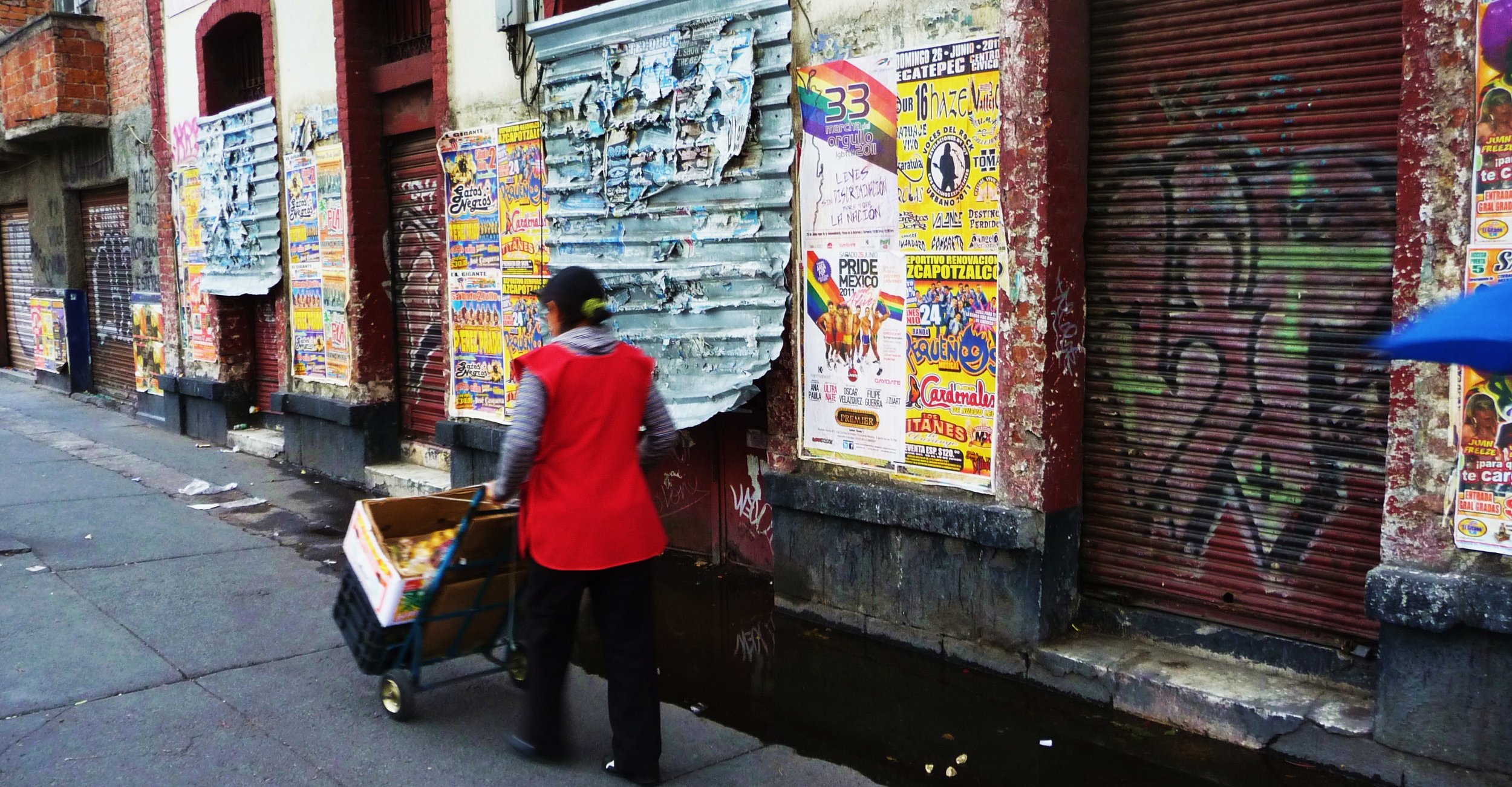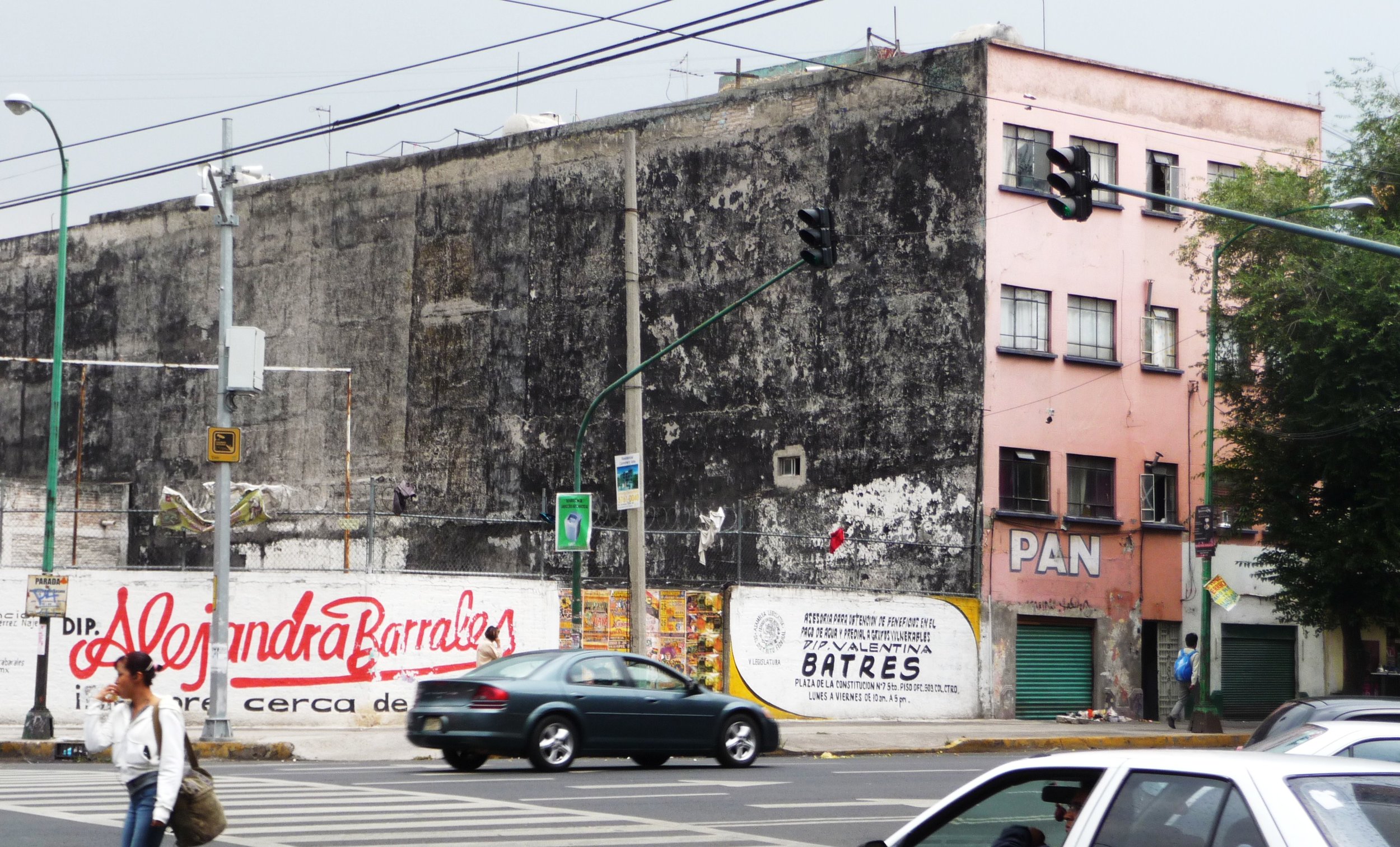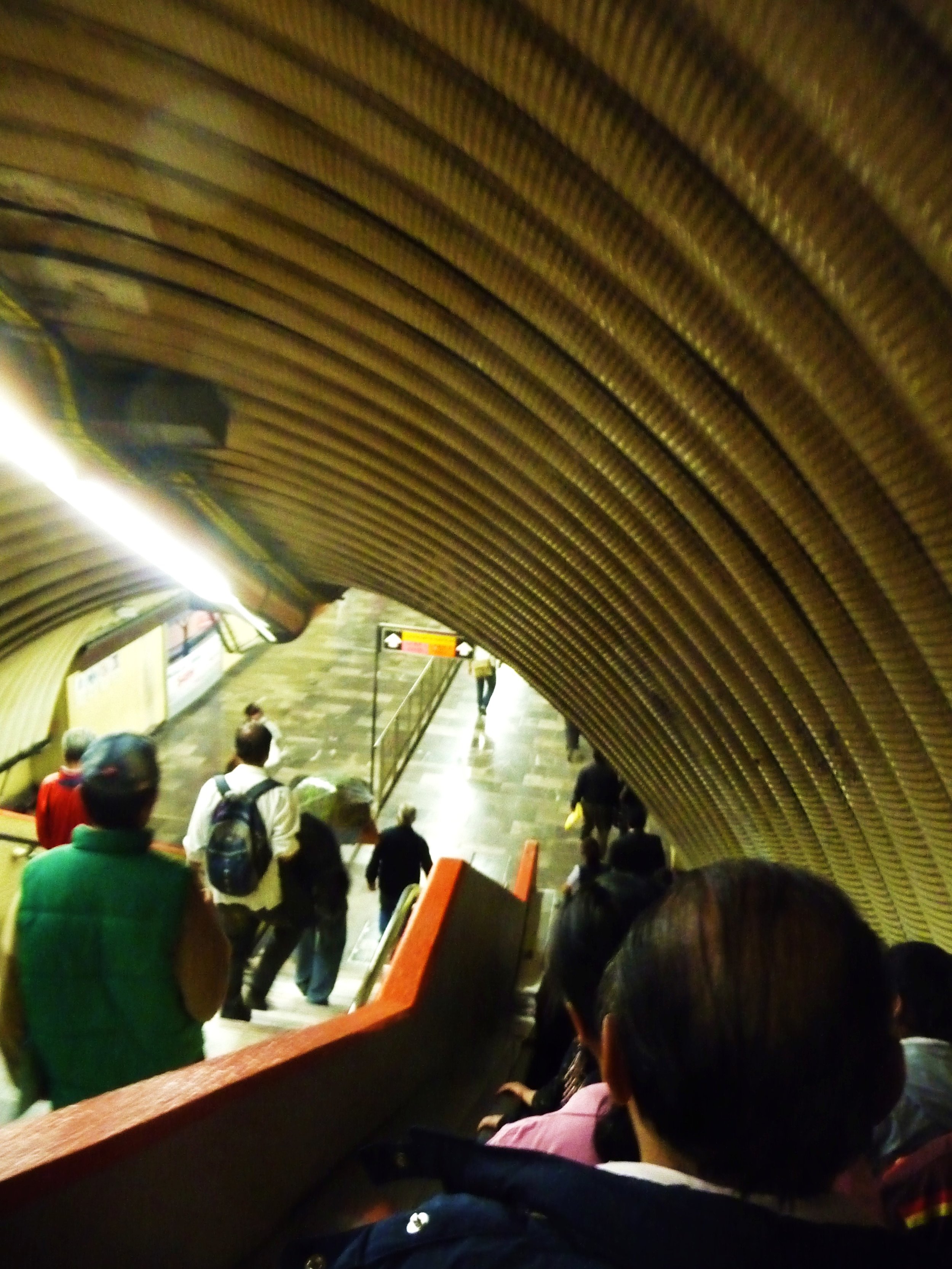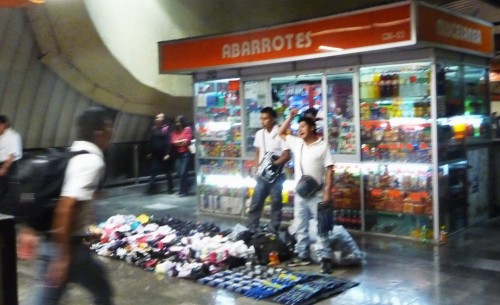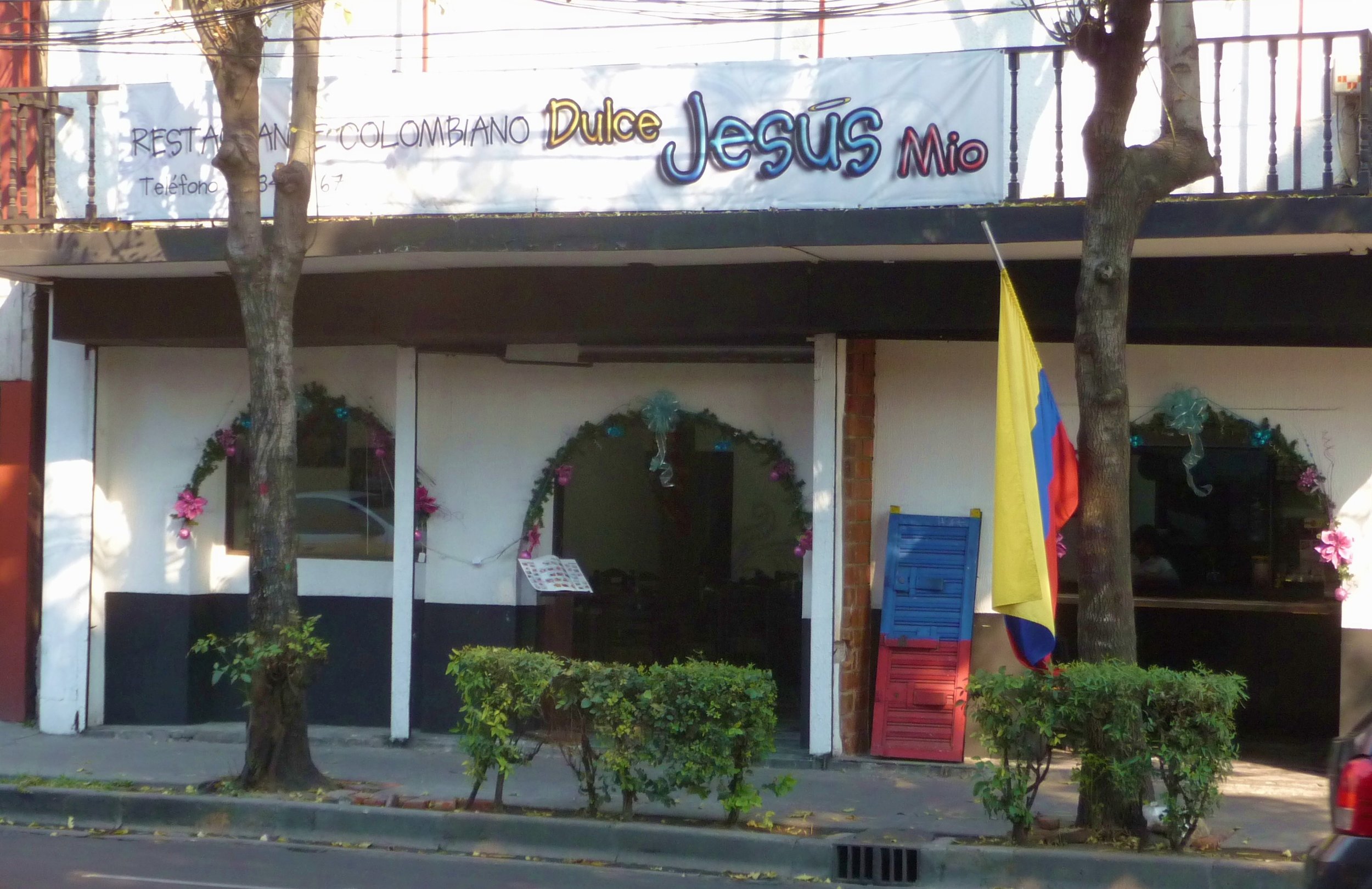 The Colonia Roma Sur has in recent years emerged as an enclave for Colombian exiles. They have opened a bunch of restaurants, bars and gift shops -- perhaps appropriately in the streets surrounding the Mercado Medellín.
The Colonia Roma Sur has in recent years emerged as an enclave for Colombian exiles. They have opened a bunch of restaurants, bars and gift shops -- perhaps appropriately in the streets surrounding the Mercado Medellín.
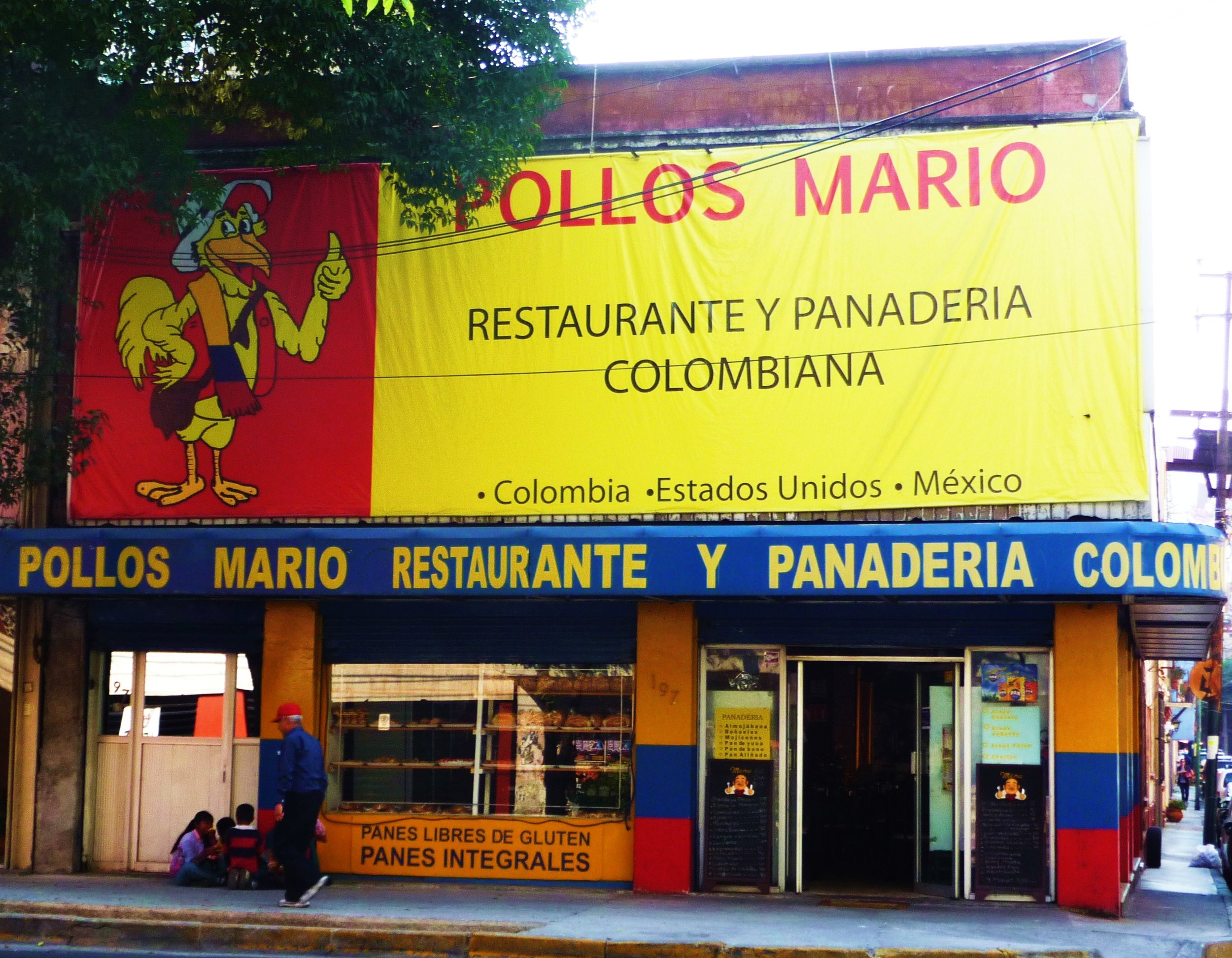
I am hoping to hang out here in the coming weeks. I'd like to know more about this expat group.
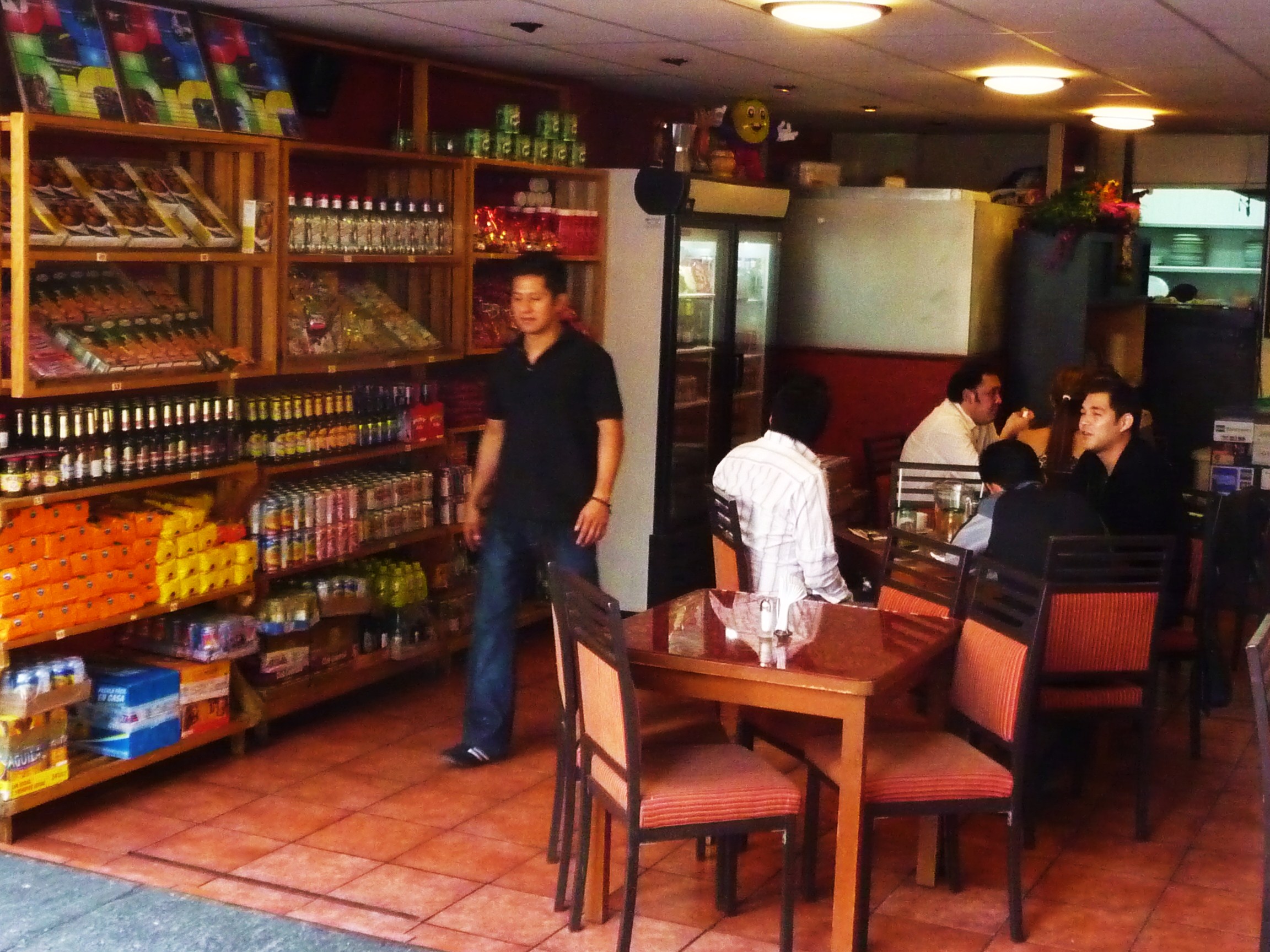
I guess a lot of people get homesick for the products of their country. I remember a store in Greenwich Village in New York that sold all sorts of gruesome things to English expats -- canned beans, lemon curd, wine gums, Marmite and such. For a non-Colombian the wares are underwhelming, and include yerba mate, sweets and cookies, soda pop, beer and malt beverages. Colombia is not precisely famous for its exports. Except, of course, that export.
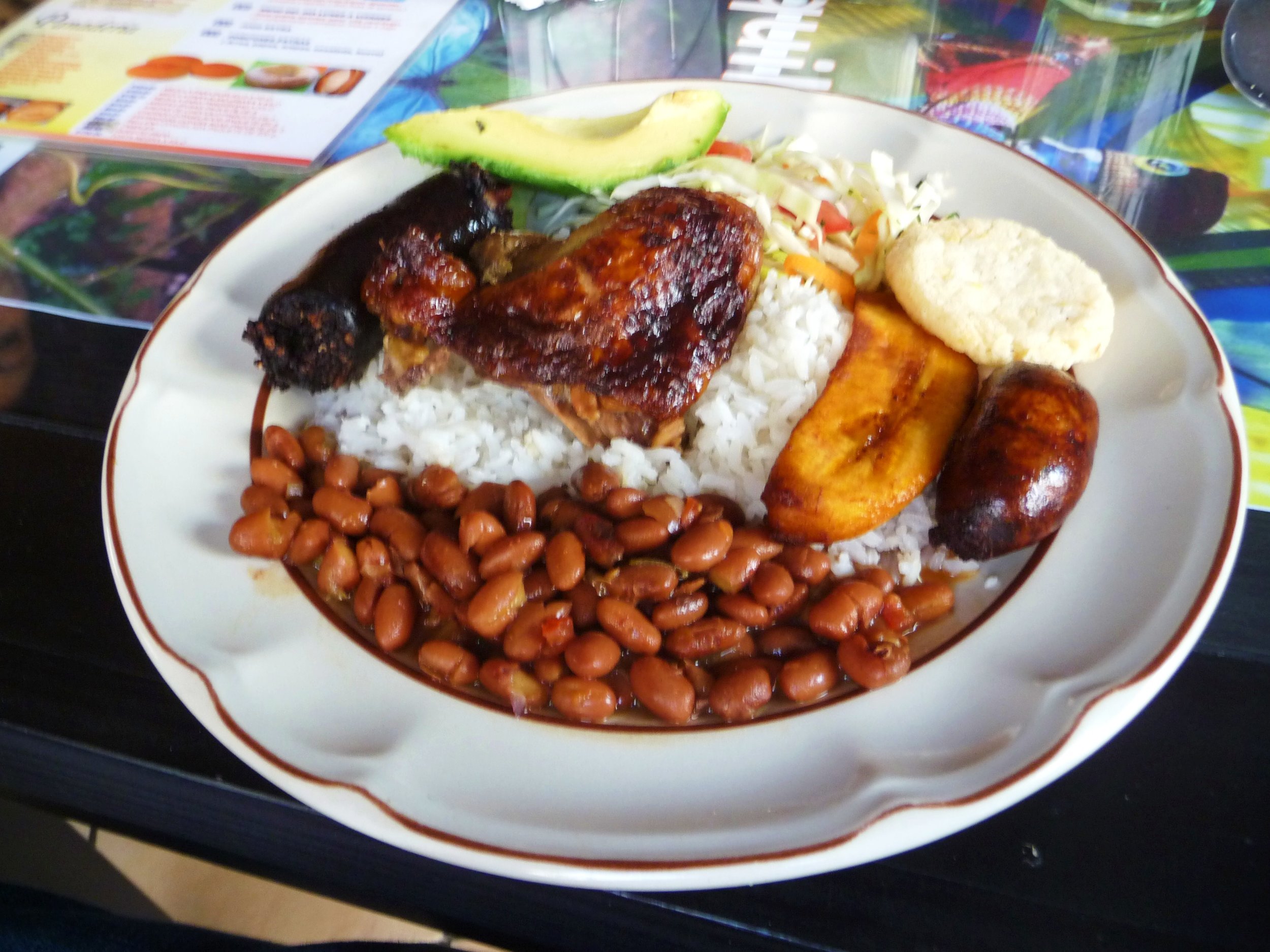
However, I thoroughly enjoyed this combo plate at Pollos Mario, which doubles as a bakery and a luncheonette. It included roast chicken, two kinds of sausage, rice, beans, salad, fried plantains and a slice of avocado. Mario is on the corner of Medellín and Tapachula.
